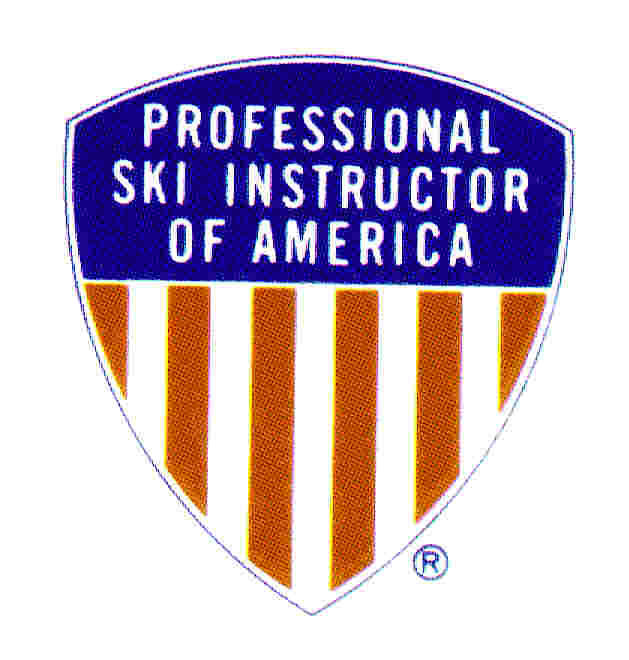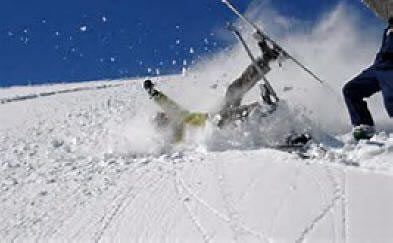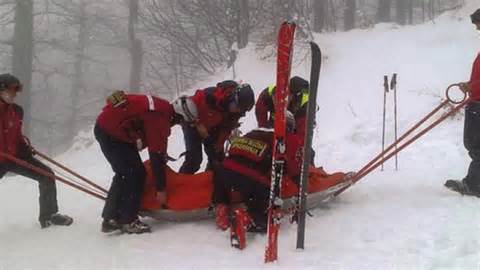Risk of dying and sporting activities
Clinical bottom line
The risk of dying associated with most sporting activities is surprisingly low, even with skydiving or hang gliding.
Data sources
- Soreide et al. J Trauma. 2007;62:1113-1117. How Dangerous is BASE Jumping? An Analysis of Adverse Events in 20,850 Jumps From the Kjerag Massif, Norway
- Turk et al. Br. J. Sports Med. 2008;42;604-608. Natural and traumatic sports-related fatalities: a 10-year retrospective study
- United States Parachute Association accident statistics, http://www.uspa.org/about/page2/relative_safety.htm
- Number of jumps made in 2006 from 2006 membership survey results, http://www.uspa.org/about/images/memsurvey06.pdf
- Westman et al. Accident Analysis and Prevention 37 (2005) 1040-1048. Fatalities in Swedish Skydiving
- Health and Safety Executive: Risk Education Statistics, http://www.hse.gov.uk/education/statistics.htm#death
- Redelmeier et al. BMJ 2007;335;1275-1277. Competing risks of mortality with marathons: retrospective
- analysis
- Cantu et al. Neurosurgery 52:846-853, 2003. Brain injury-related fatalities in American football, 1945-1999
- National Ski Areas Association (NSAA) in America: http://www.ski-injury.com/prevention/helmet
What the sources tell us
Careful examination of data from a number of sources tell us that, BASE jumping apart, sport is reasonably safe. There will be accidents, like folk drowning on holidays, or being involved in road traffic accidents while cycling, but by and large it is safer than most of us would probably have thought.
Give us the odds
Table 1 provides the information in useful ways. BASE jumping has a risk of death of 1 in every 2,300 jumps, whereas with hang gliding the risk is 1 in 116,000 flights. Figure 1 gives a few examples with contexts of other common causes of death.
Table 1: Risk of death with sports activities
|
Cause of Death
|
Country
|
Year
|
Number of Deaths
|
Population Estimate
|
Crude Rate per 100,000 population
|
Odds of Dying
(1 in ) |
| BASE Jumping | Norway (Kjerag Massif) |
1995-2005
|
9
|
20,850
|
43.17
|
2,317 jumps
|
| Swimming | Germany |
1997-2006
|
31
|
1,754,182
|
1.77
|
56,587
|
| Cycling | Germany |
1997-2006
|
19
|
1,754,182
|
1.08
|
92,325
|
| Running | Germany |
1997-2006
|
18
|
1,754,182
|
1.03
|
97,455
|
| Skydiving | US |
2006
|
21
|
2,122,749
|
0.99
|
101,083 jumps
|
| Sweden |
1994-2003
|
9
|
1,126,704
|
0.80
|
125,189
|
|
| Football | Germany |
1997-2006
|
17
|
1,754,182
|
0.97
|
103,187
|
| Hang-gliding | UK |
|
|
|
0.86
|
116,000 flights
|
| Tennis | Germany |
1997-2006
|
15
|
1,754,182
|
0.86
|
116,945
|
| Sudden cardiac death whilst running a marathon | US |
1975-2005
|
26
|
3,292,268
|
0.79
|
126,626 runners
|
| Horse Riding | Germany |
1997-2006
|
10
|
1,754,182
|
0.57
|
175,418
|
| American Football | US |
1994-1999 (average annual figures)
|
6
|
1,100,142
|
0.55
|
182,184
|
| Scuba Diving | UK |
|
|
|
|
200,000 dives
|
| Table Tennis | Germany |
1997-2006
|
7
|
1,754,182
|
0.40
|
250,597
|
| Rock Climbing | UK |
|
|
|
0.31
|
320,000 climbs
|
| Canoeing | UK |
|
|
|
0.13
|
750,000 outings
|
| Skiing | US |
2002/2003
|
37
|
57,600,000
|
0.06
|
1,556,757 visits
|
And here is another compilation from Teton Gravity Research at http://www.besthealthdegrees.com/health-risks (go to site for some doubts about accuracy of parts of the data):






 Yet the chart above indicates as far as fatalities are concerned, skiing is much
safer.
Yet the chart above indicates as far as fatalities are concerned, skiing is much
safer.